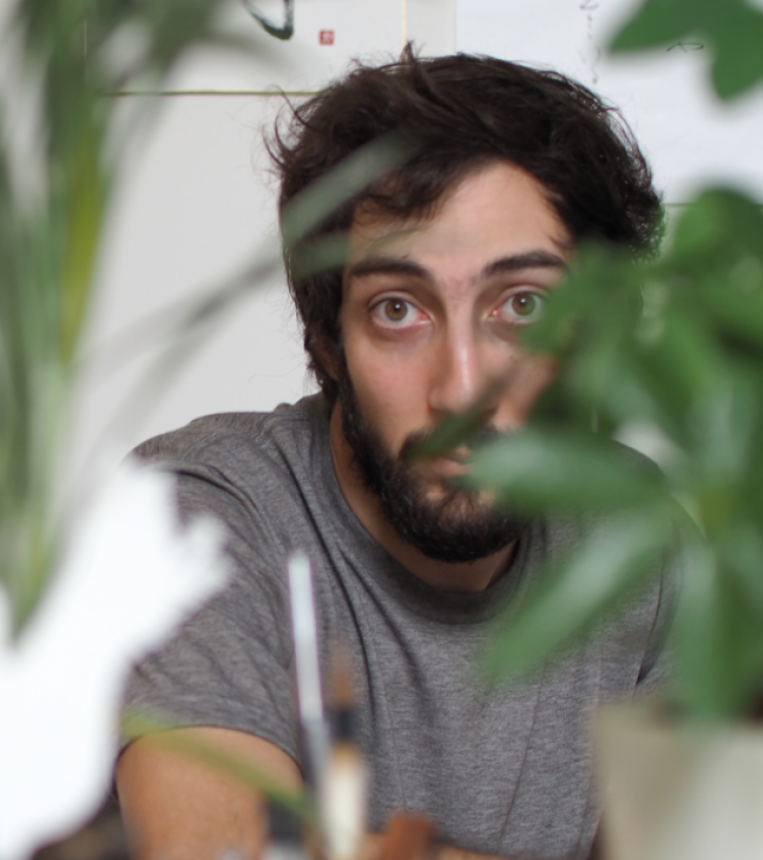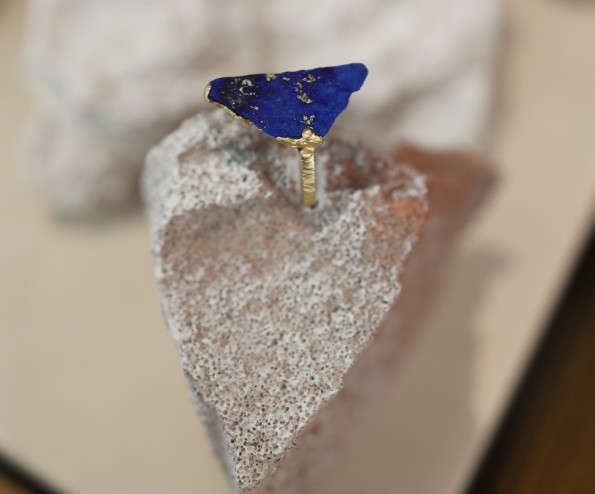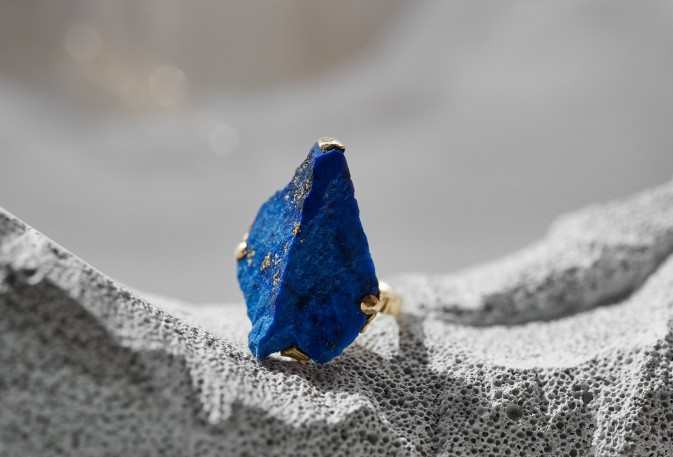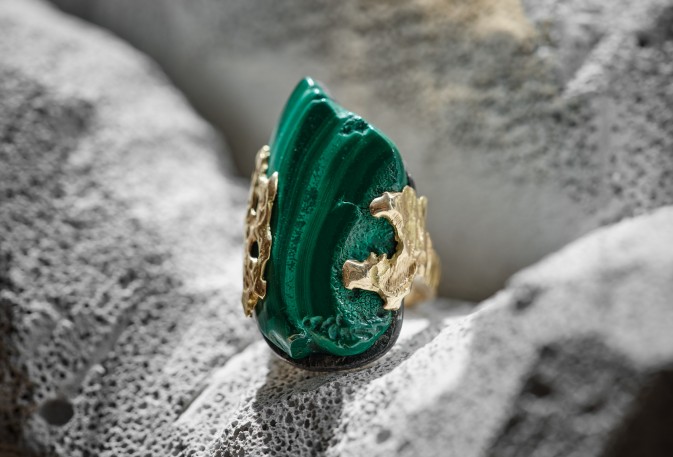Mémoire Désir


Karl Mazlo first discovered his love for jewellery and created his eponymous brand in Paris where he was born. As a jewellery artist, Mazlo's curiosity and passion led him to seek out new techniques using rare materials.
After graduating in jewellery design from École Boulle, he trained with a number of prominent jewellers. However, his desire to go against the flow of the more traditional aspects of the jewellery industry and to create a dialogue between material, tools, light and creativity led him to found his own brand.
He completed an artist residency at the Villa Kujoyama in Kyoto, where he discovered traditional Japanese techniques mixing elegance, rigidity and ancestral skill.
He returned to Paris with a desire to create links between different cultures and traditions and continues to travel regularly to meet and explore the work of a wide variety of artists and artisans.
- What influence have your travels had on your work?
My travels play an essential role in my inspirations. My approach shifted from 2016 during my residence at Villa Kujoyama in Kyoto. Japanese art always interested me, notably traditional processes. I could discover the culture of wabi-sabi, which celebrated the beauty of imperfection and impermanence. My father made me aware of favoring faults or accidents in materials. It was during this residence in Japan that I learnt to accept a fault in the process of creation. And what is interesting, it is seeing how we can bounce back after something unpredicted, creating something unique and unexpected…
- Do you have someone in mind when you work?
The way I have learnt, more precisely my father who transmitted the passion of making jewellery.
- Do you have a favoured stone or material to work with?
Damascus steel, because it is a very complex material to work with and also because this metal evolves and develops a sheen over time. It can be from grey to black with bluish highlights and is also an extremely durable material.
- Your pieces are raw but at the same time extremely delicate. What do you attribute to this dichotomy?
I link it with nature which is one of the largest sources of my inspiration. It is both soft and delicate but also can be very raw. I like to create contrast in my pieces and create several sensory readings.
- The jewellery industry is in your family, have you always wanted to be a jeweller?
I would say that we were made aware of the arts from a very young age. From the eyes of a child, jewellery had this sense of wonder, something magic, a sort of treasure which could possess a certain power. Today, it is this form of expression that animates my daily life.
- Has the Prix Bettencourt awarded in 2021 brought changes in your professional path?
Completely, it was an enormous encouragement in my research and all the work that I have started since working. It is complicated for me today to free up time for research, because it forces me to give up commissions, which are very interesting, but which sometimes impinge on my personal practice. This prize freed up this time. It was also a wonderful highlight of my work, which must be dusted off to propose a more contemporary vision to educate a new public.

